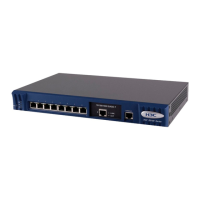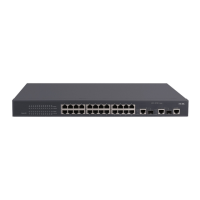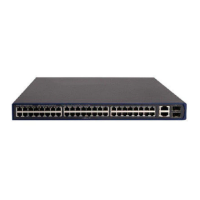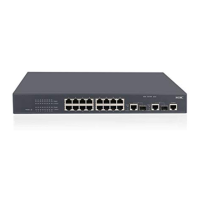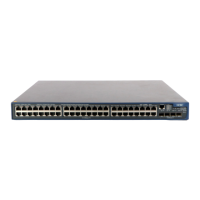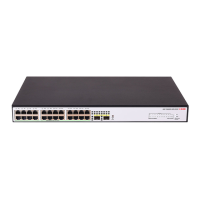8
Software version Extended commands Part
primary authentication
{ ip-address |
ipv6
ipv6-address } [ port-number ] [
key
string ]
radius nas-ip ipv6
ipv6-address
secondary accounting
{
ip-address |
ipv6
ipv6-address } [ port-number ] [
key
string ]
secondary authentication
{ ip-address |
ipv6
ipv6-address } [ port-number ] [
key
string ]
state
secondary
{
accounting
|
authentication
}
{ ip-address |
ipv6
ipv6-address } {
active
|
block
}
snmp-agent target-host
trap
address
udp-domain
{ ip-address |
ipv6
ipv6-address }
[
udp-port
port-number ]
params
securityname
security-string [
v1
|
v2c
|
v3
[
authentication
|
privacy
] ]
28-SNMP-RMON Commands
Conventions
This section describes the conventions used in this documentation set.
Command conventions
Convention Description
Boldface Bold
text represents commands and keywords that you enter literally as shown.
italic
Italic text represents arguments that you replace with actual values.
[ ]
Square brackets enclose syntax choices (keywords or arguments) that are
optional.
{ x | y | ... }
Braces enclose a set of required syntax choices separated by vertical bars,
from which you select one.
[ x | y | ... ]
Square brackets enclose a set of optional syntax choices separated by vertical
bars, from which you select one or none.
{ x | y | ... } *
Asterisk marked braces enclose a set of required syntax choices separated by
vertical bars, from which you select at least one.
[ x | y | ... ] *
Asterisk marked square brackets enclose optional syntax choices separated by
vertical bars, from which you may select multiple choices or none.
&<1-n>
The argument or keyword and argument combination before the ampersand (&)
sign can be entered 1 to n times.
# A line that starts with a pound (#) sign is comments.
GUI conventions
Convention Description
Boldface
Window names, button names, field names, and menu items are in Boldface.
For example, the
New User
window appears; click
OK
.
>
Multi-level menus are separated by angle brackets. For example,
File
>
Create
>
Folder
.
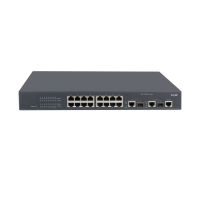
